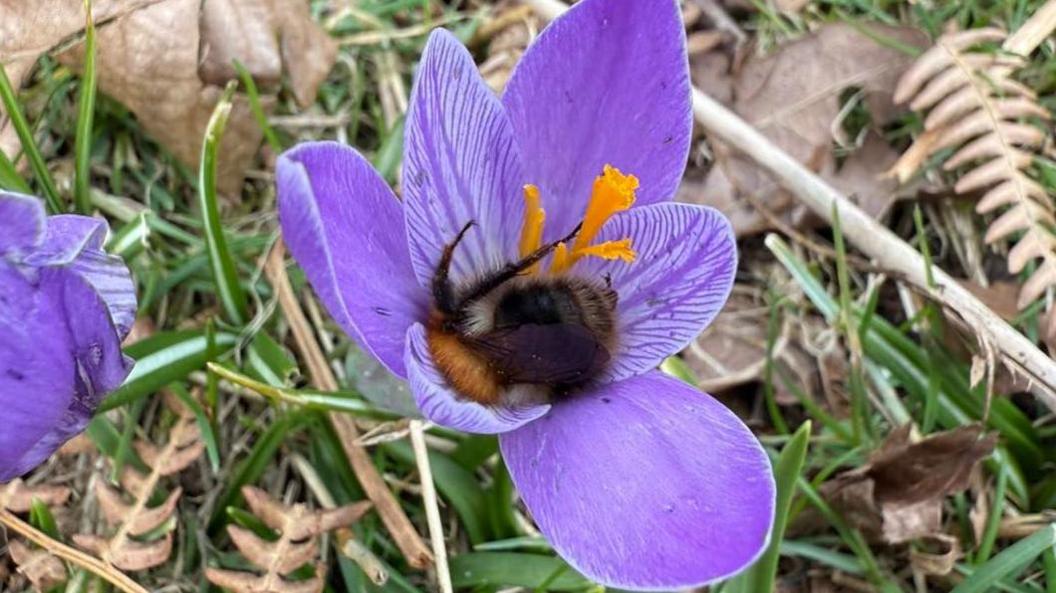Bluebells brighten county in time for bank holiday
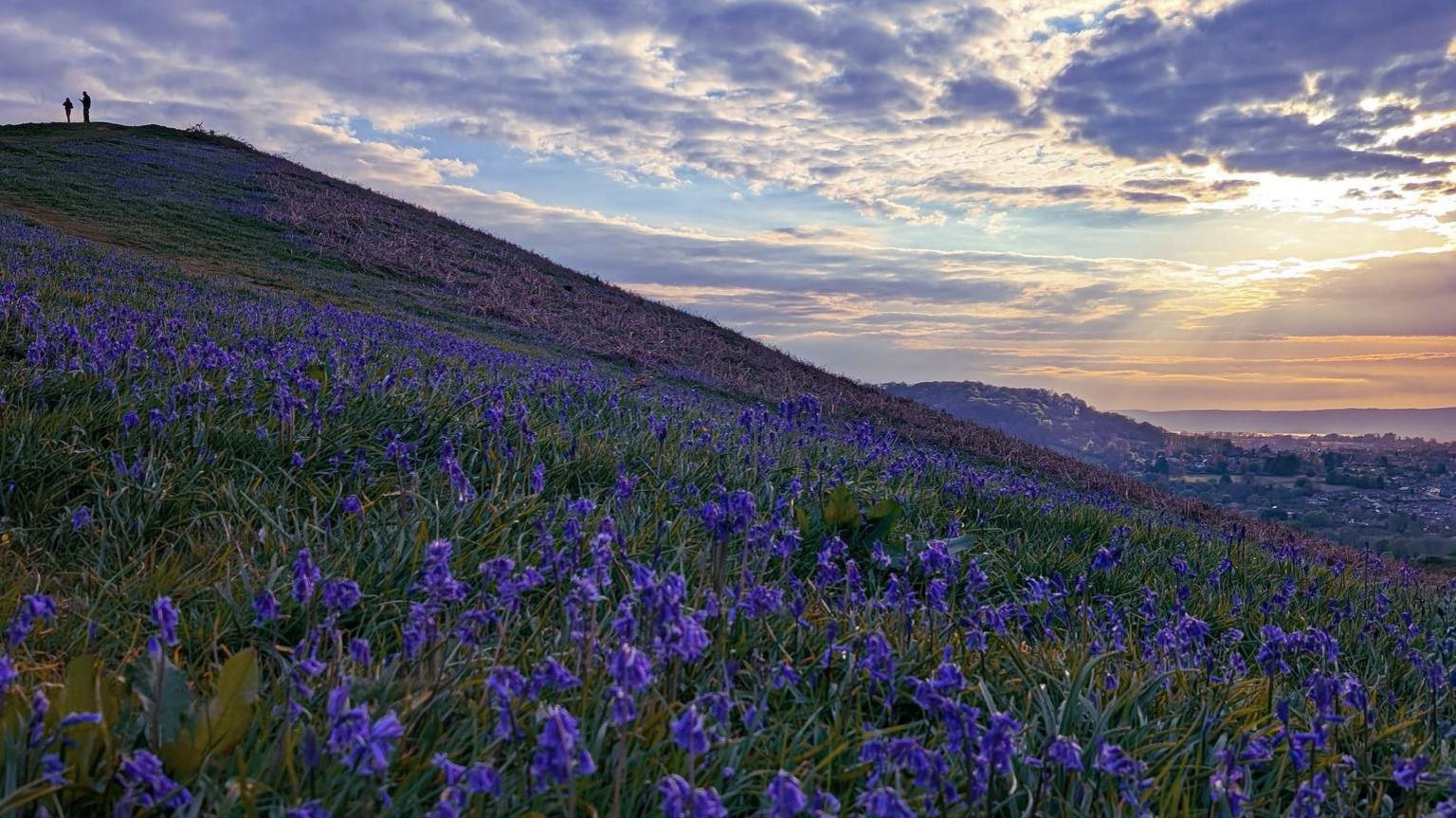
Cam Peak is awash with bluebells which makes for a particularly stunning sight at sunset
- Published
Vibrant violet carpets are stretching out across green spaces and woodlands all over England as May springs into action.
The nodding heads of bluebells can be discovered in ancient woodlands in April and May and can grow up to 50cm tall, according to The Wildlife Trust.
Sunbeams danced across Gloucestershire this week, casting a warm glow on floral spectacles across the county and we have received plenty of evidence of this from our Weather Watchers.
This bank holiday weekend you may want to go out and see these beautiful blooms for yourself so these snaps may serve as inspiration for a walk.
While these pretty purple flowers are certainly eye candy, you can look but you cannot touch.
Bluebells are protected in the UK under the Wildlife and Countryside Act 1981 which means intentionally picking, uprooting or destroying bluebells is illegal.
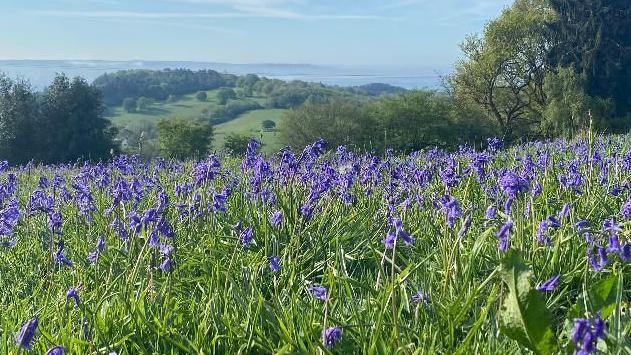
Popular with May Day celebrants, May Hill is also a great place to see these bright bursts of purple pop up
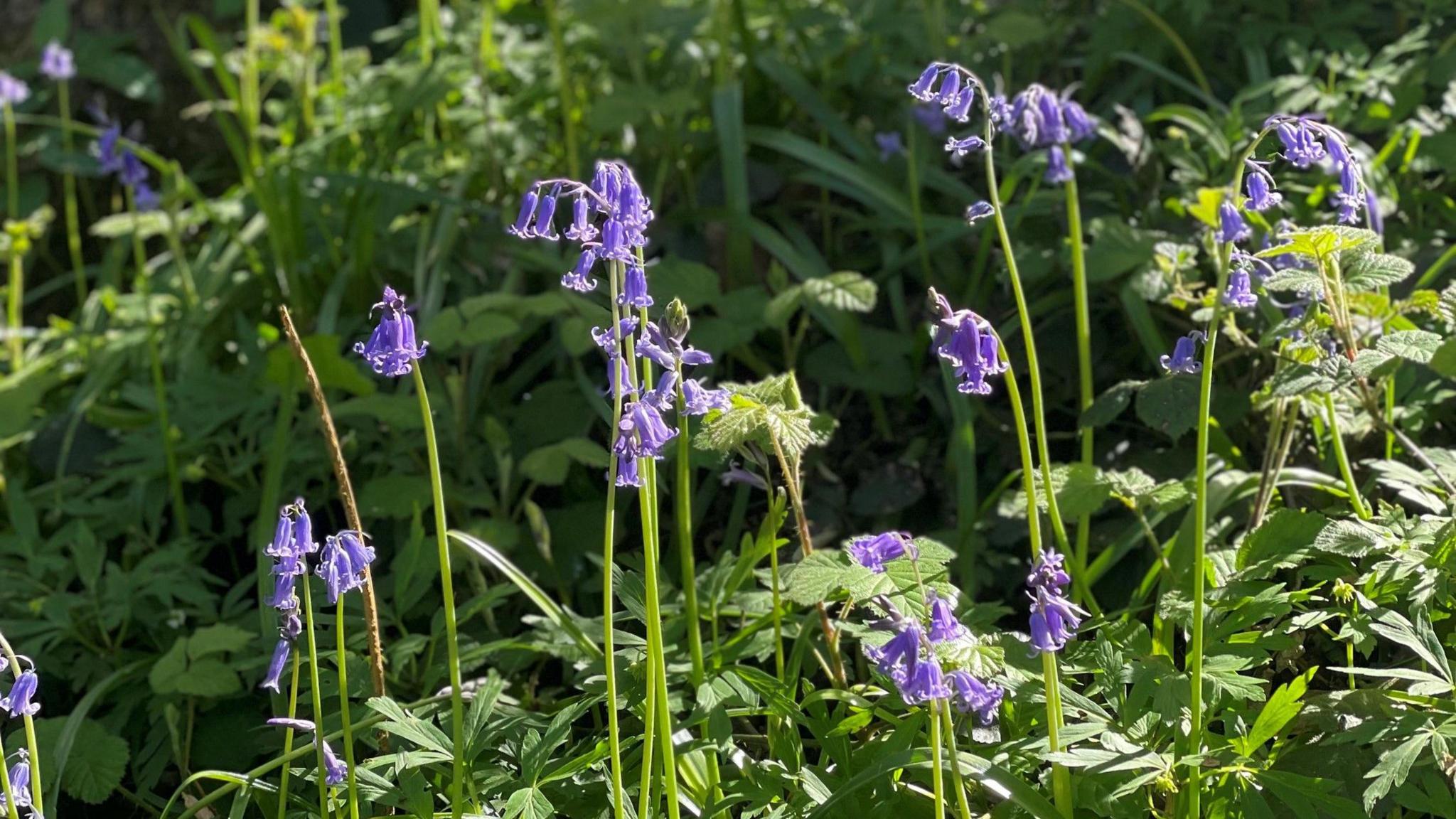
Cadora Woods near St Briavels is a hit with bluebell fans
Bluebell colonies take about five to seven years to become established.
With this in mind, the National Trust said care should be taken to not stand on their leaves.
"If a bluebell's leaves are crushed, they die back from lack of food because they can no longer photosynthesise," it said.
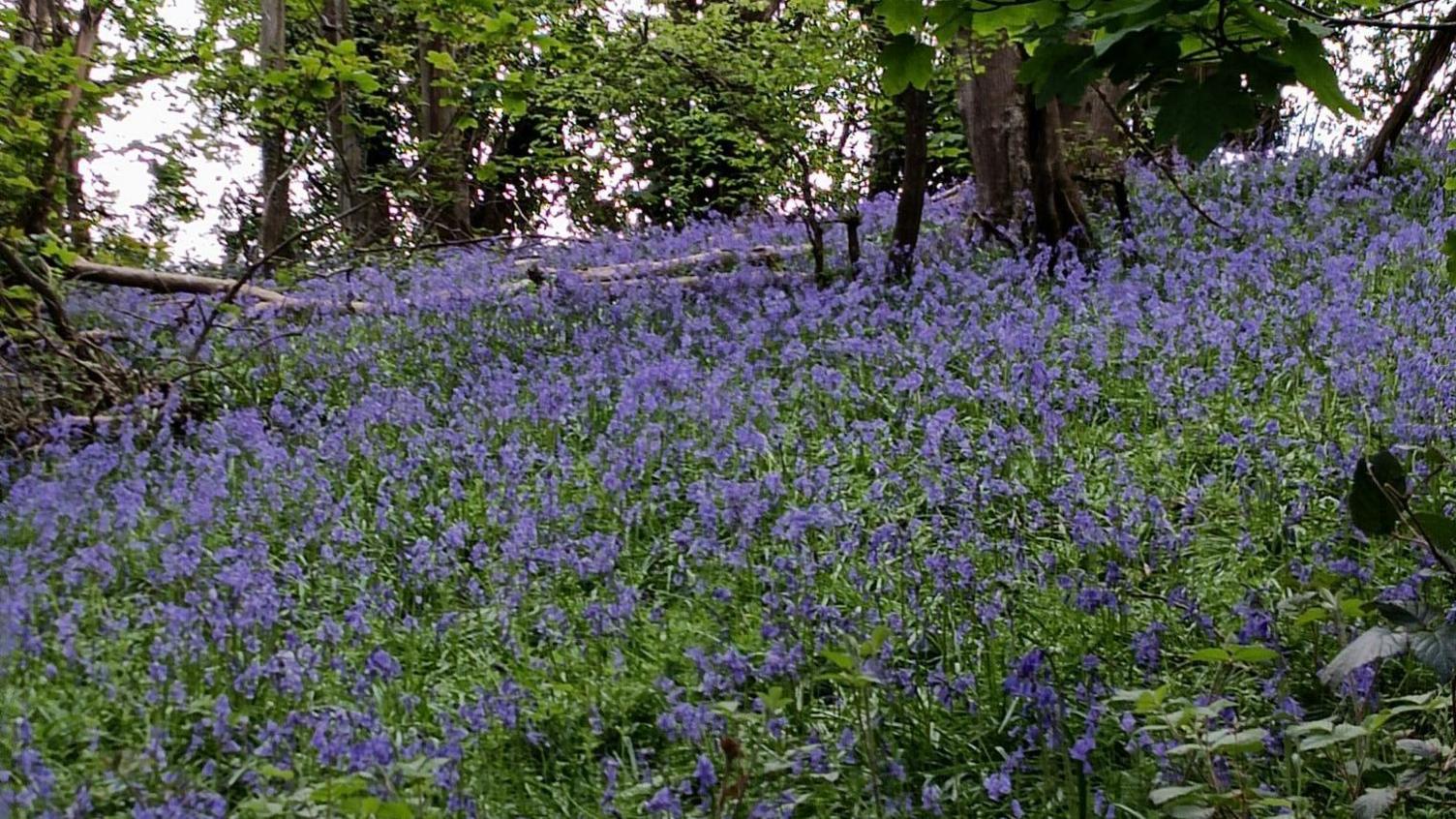
Bluebells have been popping up near Symonds Yat Rock

The bluebells on Cam Peak can keep you company as you watch the sunset reflect off the River Severn
While bluebells are native to the UK, they are under threat by the invasive Spanish bluebell, which began to escape from gardens and mix with our native flower several decades ago.
There are ways to tell the two varieties apart, although it is harder with hybrids.
Compared to British bluebells, Spanish bluebells are paler and their petals tend to flare out rather than curl back.
The pollen inside native bluebells is a creamy white while it is green or blue in non-native varieties.
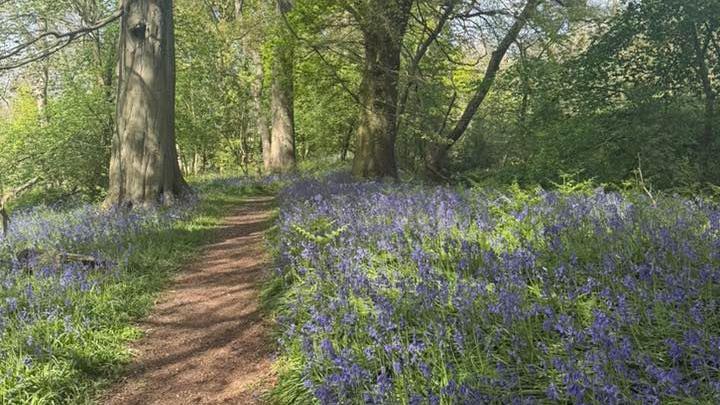
Mickleton, Gloucestershire's most northern settlement, has a bounty of bluebells
According to the National Trust, approximately half of the world's bluebells can be found in the UK.
Some of the most popular places in Gloucestershire to observe bluebells in the spring include Cadora Woods in the Forest of Dean, Cam Peak in the Stroud District and Westonbirt Arboretum.
Get in touch
Tell us which stories we should cover in Gloucestershire
Follow BBC Gloucestershire on Facebook, external, X, external and Instagram, external. Send your story ideas to us on email or via WhatsApp on 0800 313 4630.
Related topics
- Published22 April
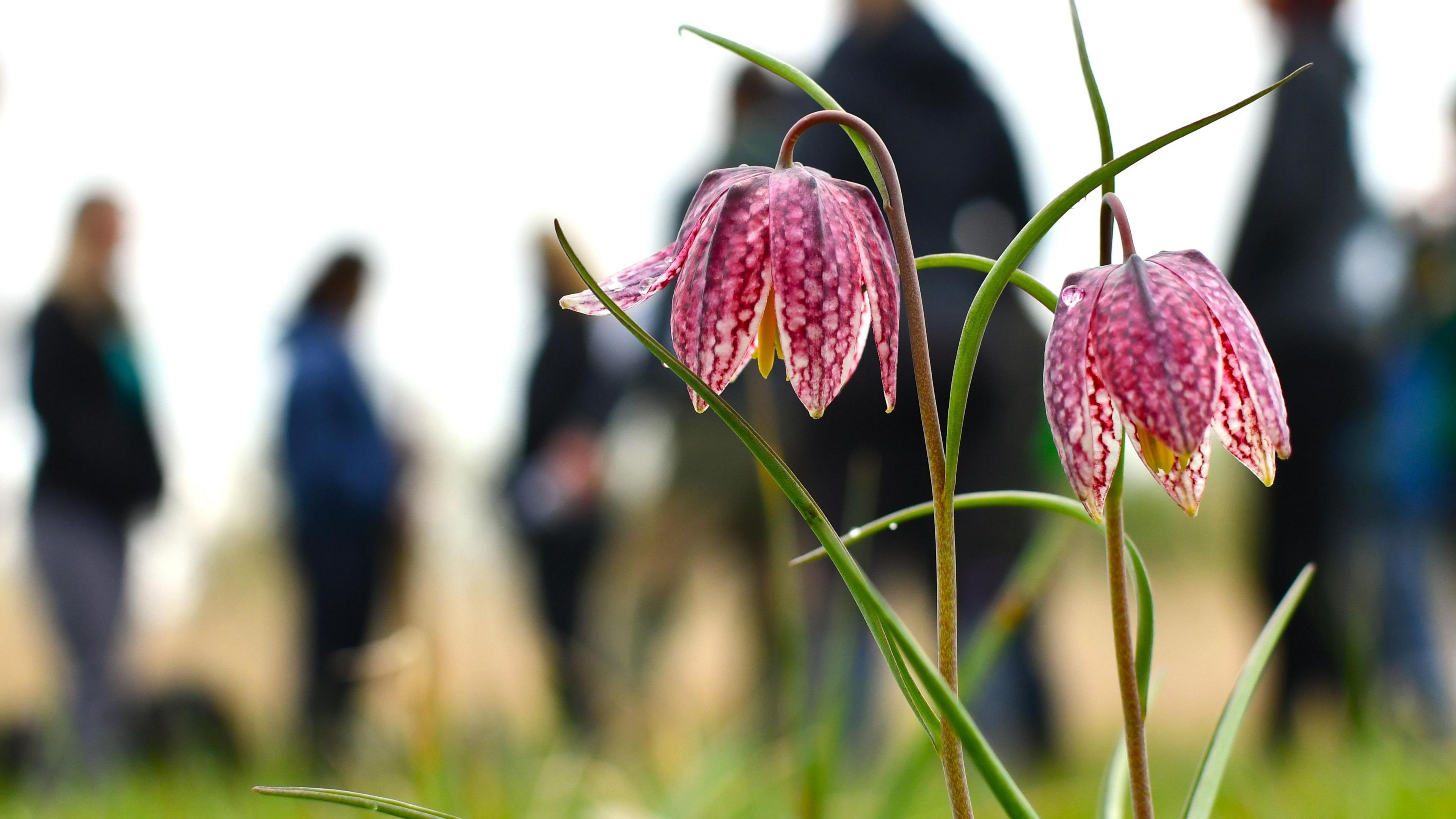
- Published11 February

- Published23 March
